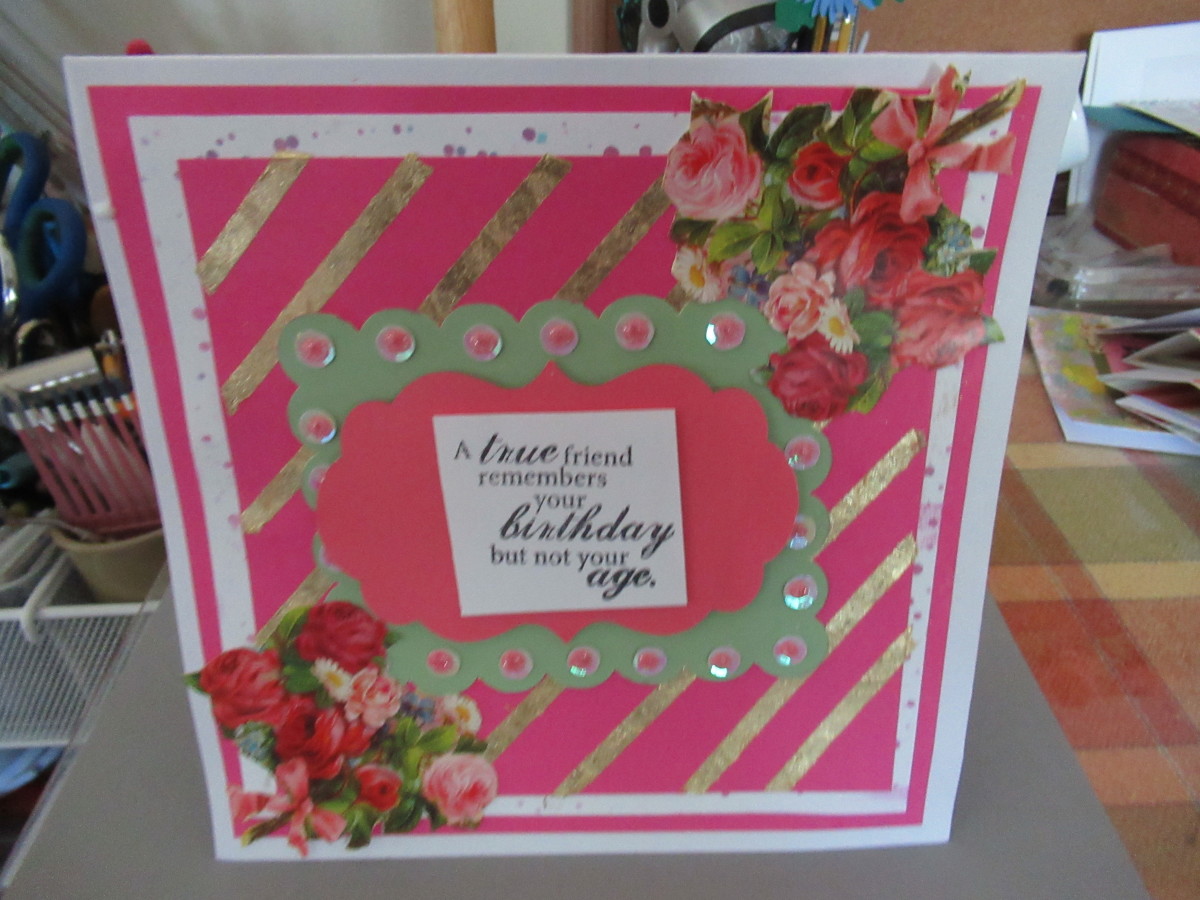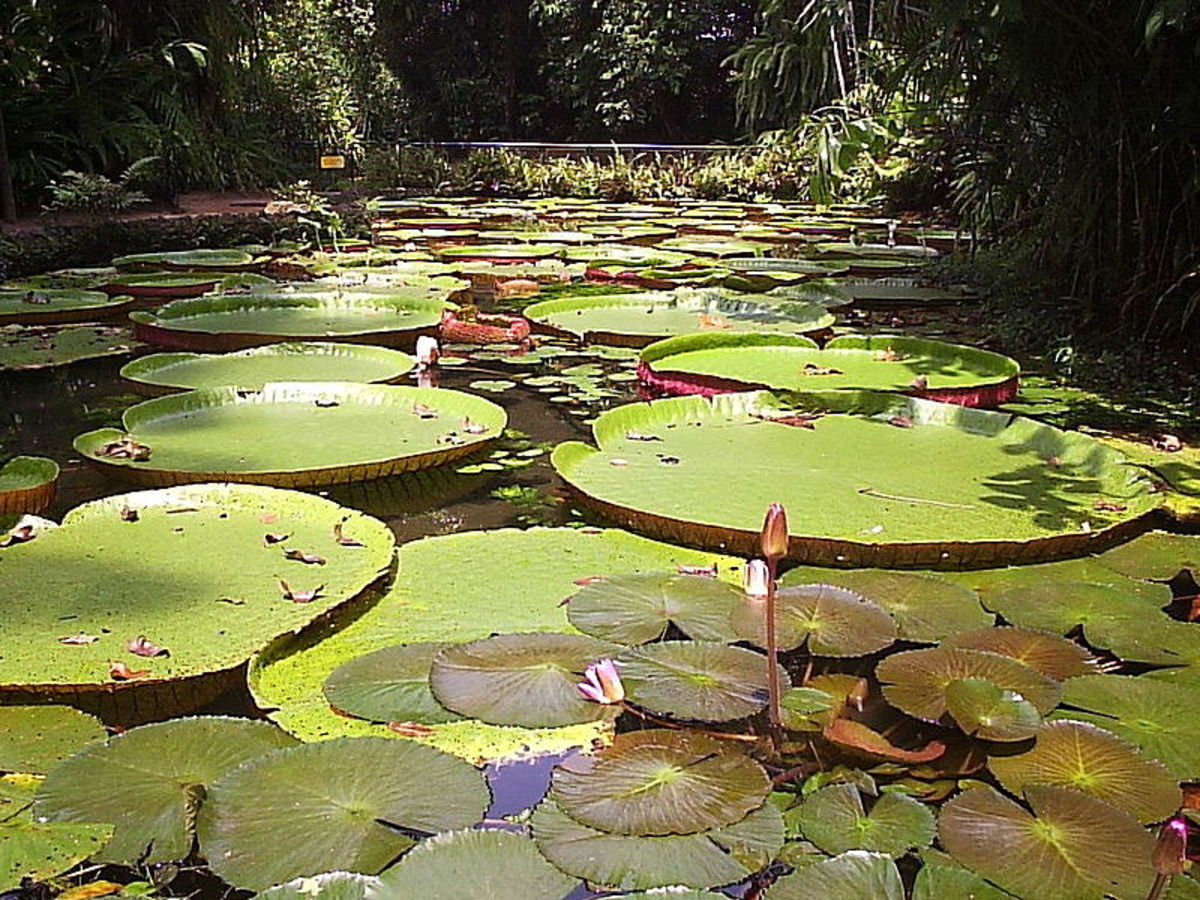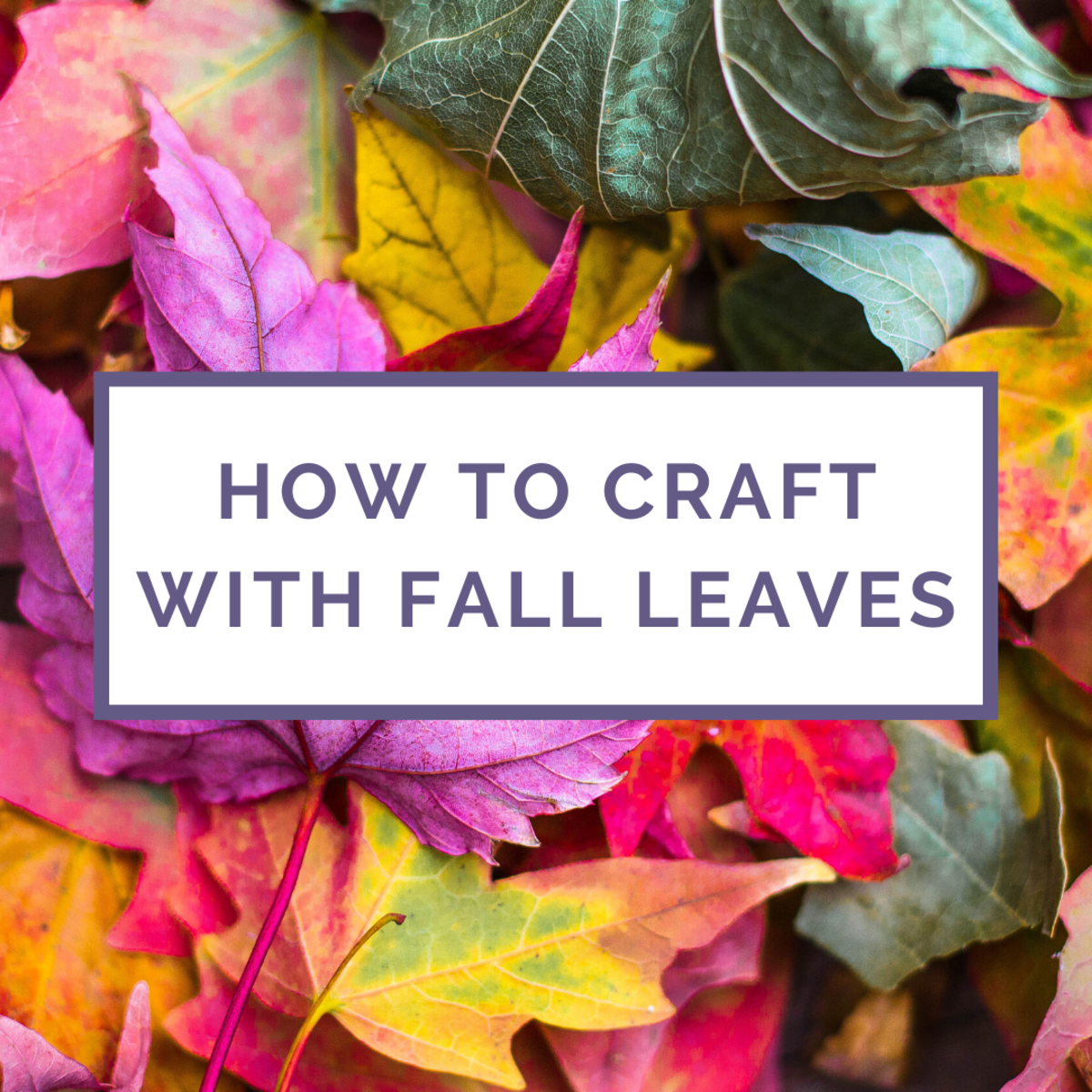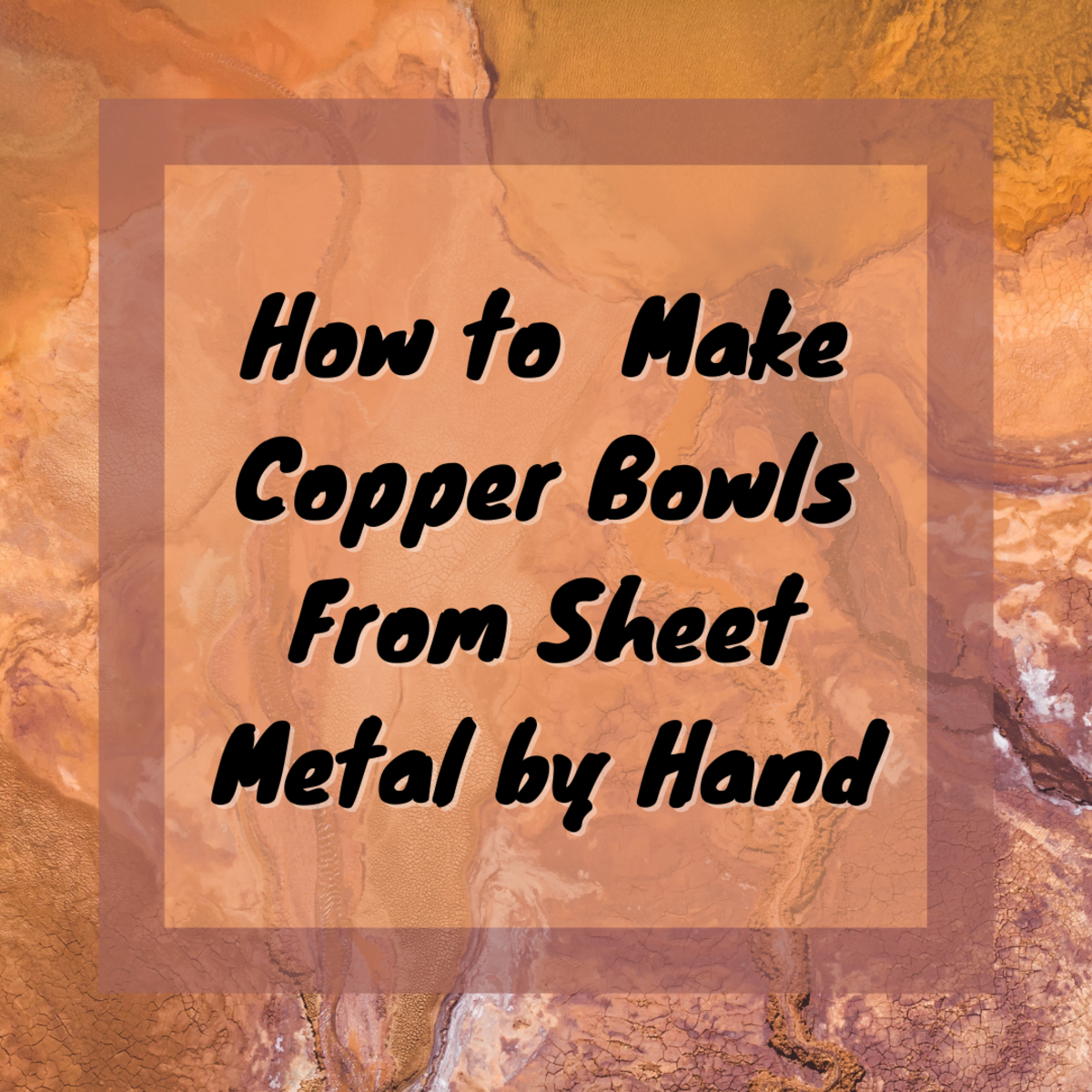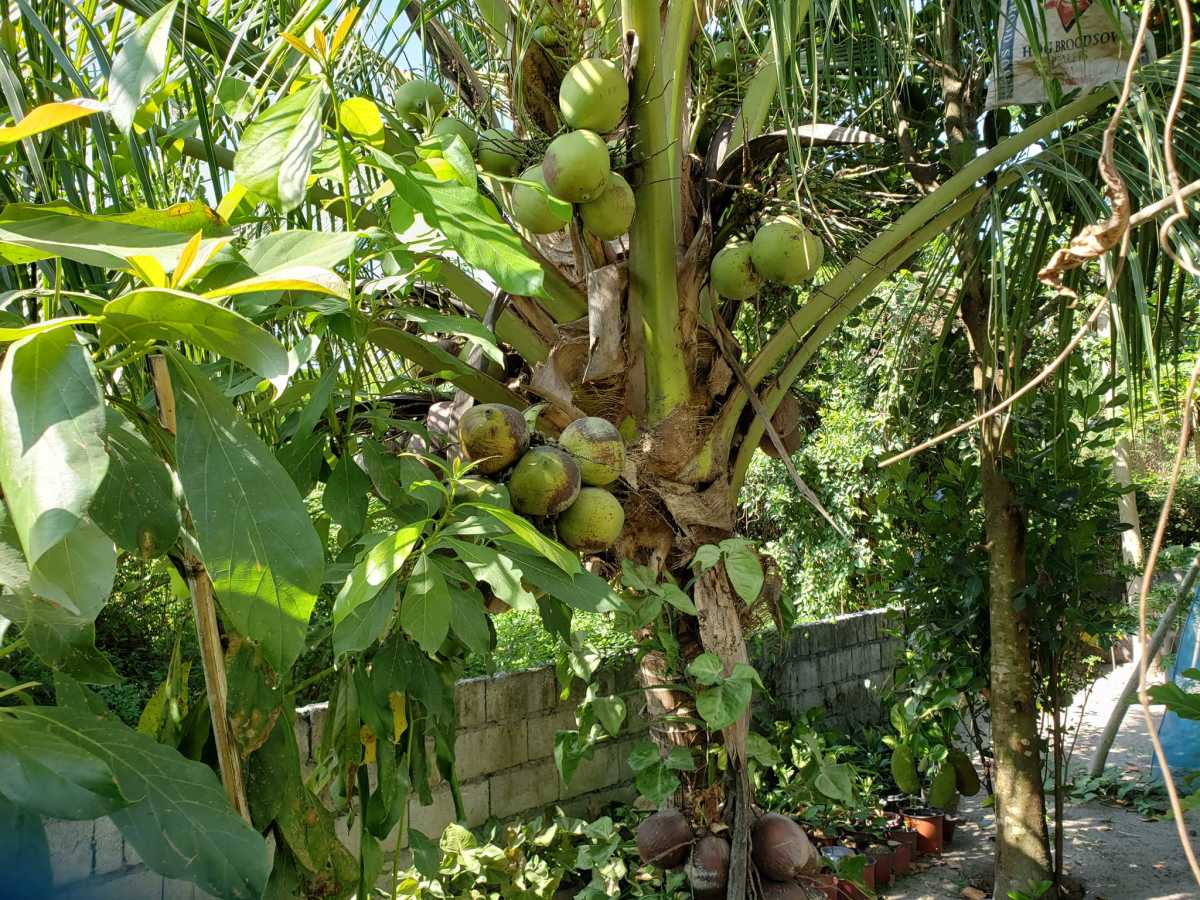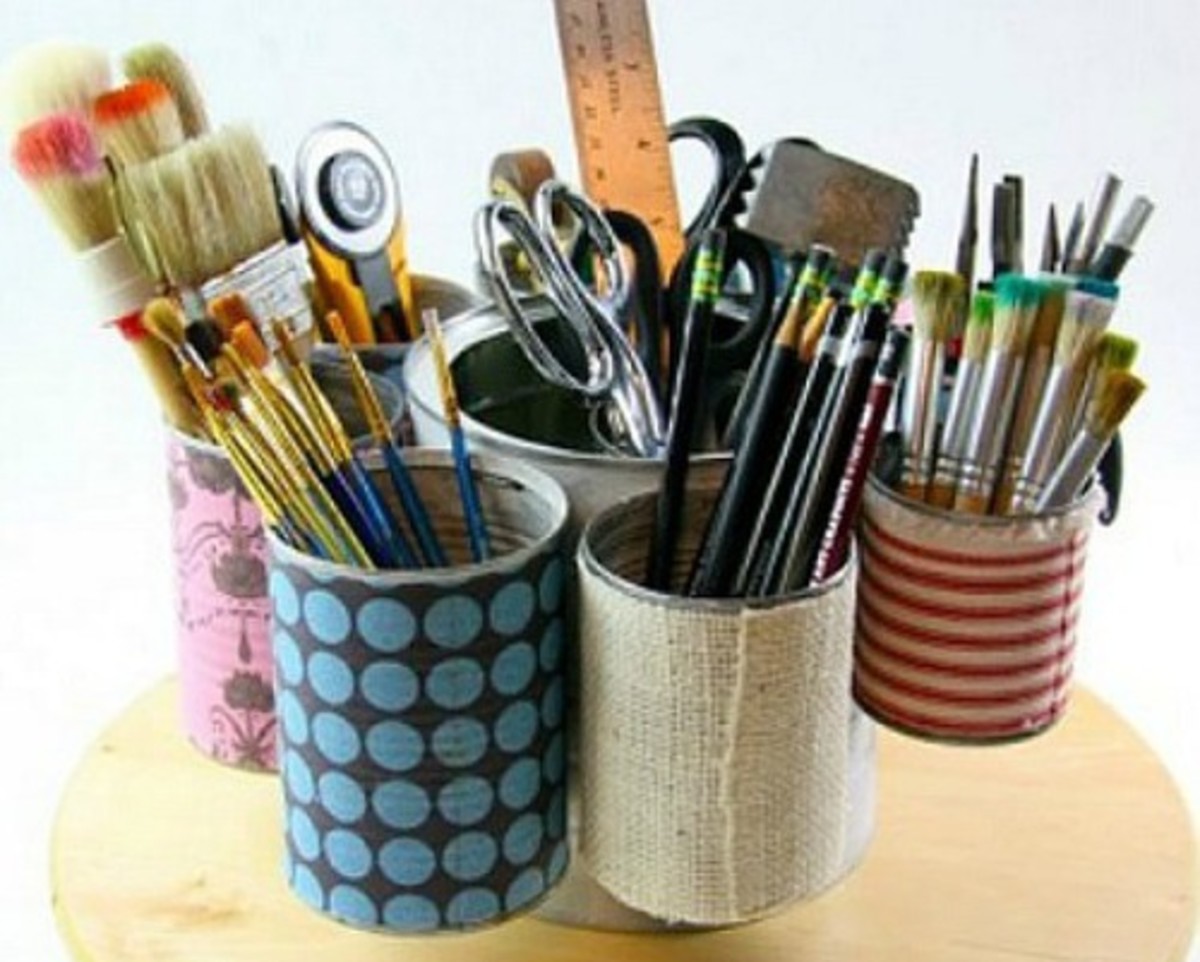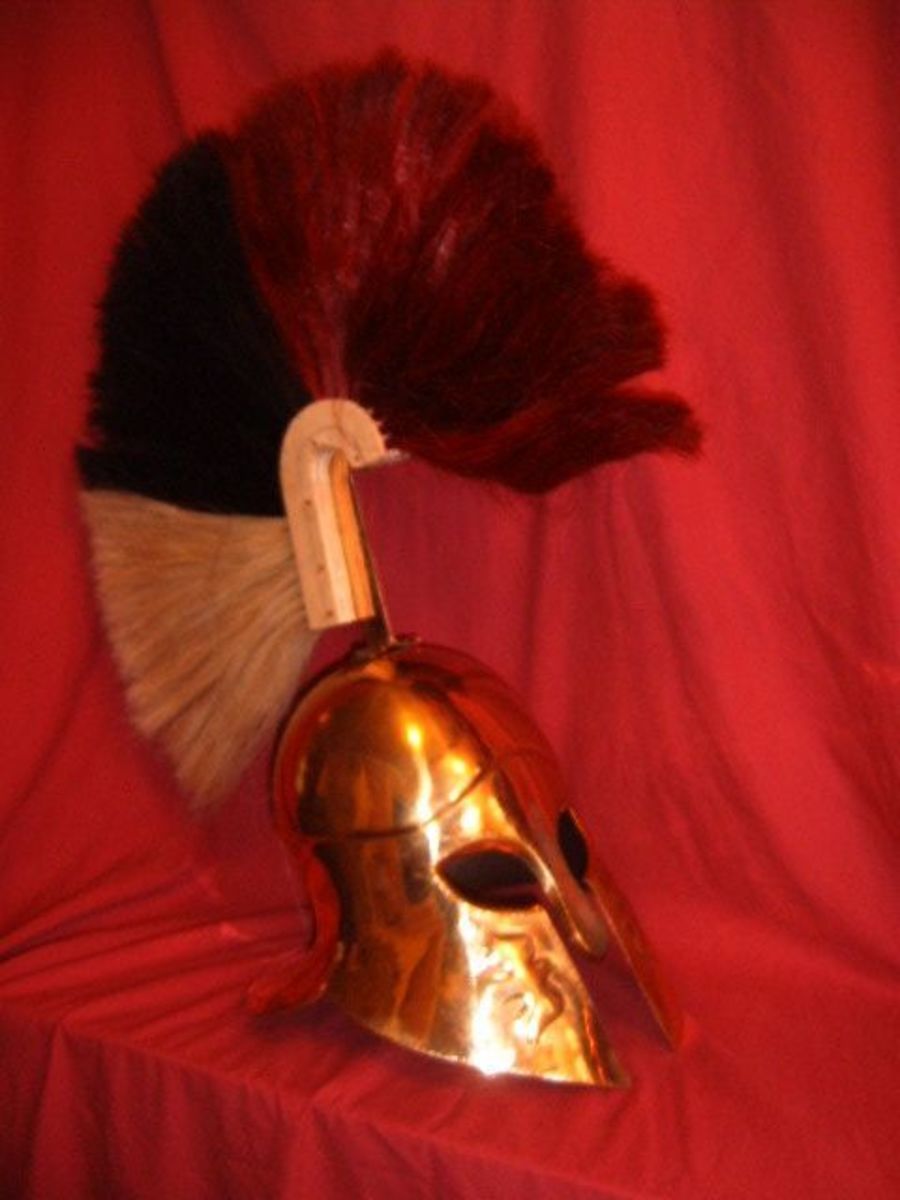Making Gold Leaf and Gilding Work
By: mohsin mogri
From gold block to gold leaf
Which is best 80gm or 20gm?
I was entrusted for gold application work at a masjid (mosque), I took it both as a challenge and also an opportunity. Opportunity for developing yet another system, and challenge because I had no previous practical experience in this field. While at the jaipur SISI, way back in 1969-70m as the head of the economic investigation section there, I had undertaken a quick survey of the gold and silver leaf (leaf) craftsmen at jaipur and knew that this craft was being practiced by a closely knit group of Muslim families settled at jaipur. Some of them had later spread out to other parts of India, mainly Bombay. But there, my knowledge about the subject ended.
In the initial stages of gold application work at the masjid there was a controversy regarding the quality of leaf required for application. One who was associated with this type of work earlier at Karachi was insisting on an 80 gram leaf; whereas the jaipur craftsmen selected by me for this purpose were specifying 20 gram leaf! Samples from both type of leaf were prepared for inspection, craftsmen and ‘Karachi man’ prepared their samples on POP with 80 gram and 20 gram leaf respectively. Craftsmen were truly professional, and on the work of ‘Karachi man’ of posting and pasting, scratches were visible all over although he used four times extra gold content, regarding the luster and color appearance also there was no improvement.
Let's understand '20 gram leaf'
The standard leaf unit is 160. We therefore always mean 160 leaves made from whatever the basic quantity of gold used, in our case we obtained 160 leaves from each lot of 20 grams of gold. The edible leaves are made out of 5 to 7 grams only.
The significance of this number 160 as the basic unit is also noteworthy. For understanding the reason for selection this number as the basic unit, we need to know the actual process of leaf preparation, briefly reviewed in the succeeding paragraph.
Gold leaf manufacturer in Burma
Rolling, hammering, hammering.... and finally 0.01 micron thin
The gold nugget of 99.990 purity, is first fed into a rolling machine and by frequent insertions and gradually narrowing down the rolling gap, a long strip is obtained – about 25 to 30 feet long and about three fourth of an inch wide strip is obtained from a ten tola (100 gms) nugget! The strip of a given weight (20 grams in our case) is then manually cut into 160 tiny pieces. The strip is first adjusted into five equal lengths. Then each of the five pieces of strip weighting about 4 grams each is folded exactly in the middle and two equal parts are obtained, which both are again folded into four, then into 8, 16 and finally into a total of 32 equal pieces from each of the five strips, making a total of 160 tiny squares. By age-old experience in this hereditary craftsmanship, the size of the tiny square so derived is just right for the next process or manual hammering.
These 160 pieces are then systematically arranged in a specially prepared book of deer skin, one piece on the center of each alternate page. This book is placed in soft leather case and then follows manual hammering for about an hour and a half, during which the book is taken out at appropriate intervals and the expanding piece of leaf shifted or rotated almost in the same fashion as the Indian housewife does while manually preparing a round shape ‘chapatti’! The leaves (each of about 4”X 5.5” in size) are then ready and they are very deftly transferred on tissue papers for subsequent marketing or handling.
Process of making gold leaf Japan
After leafing its gilding
Gold leaf application is of two types. Leaf applied on surface inscriptions or designs either on marble of POP or wooden material or the likewise base. The second type relate to pinnacles or kalash (metal pot) or any other copper based solid or hollow figurines.
1.Gilding with adhesive
We need to re-transfer the leaves from plain tissues onto mildly waxed tissues. This is because; the leaves are so light that even a human breath or a slight fluttering movement around will displace it from the tissues and they will start flying around! The waxed tissue can be handled without this mishap. We then prepare the base site surface by first cleaning it smooth and then applying skillfully only on the required inscriptions of the background site, an appropriate specially prepared adhesive coating (different depending upon the base material). When the adhesive is set, the waxed leaf is placed on it and it draws and absorbs the gold leaf which is finally rubbed and finished to become an integral part of the base material.
2. Mercury will do the job of adhesive
For the second type, we do not need any adhesive but we use instead mercury for chemically binding the gold on the base item, which is first scrubbed smooth and cleaned while applying a little mercury in the scrubbing process, laboring for almost an hour in this process. The copper color base item is thus turned into a silvery white because of the absorption of mercury by the metal. Then in the next process, a coat of mercury followed by a layer of gold leaf is applied on the base item, every time the mercury absorbed by the base metal and the gold leaf in turn absorbed by the mercury! After appropriate number of coatings (the number depending upon the equality of finish required and the environmental factors – If the pinnacles are to be exposed to salty and violent currents of wind as by the sea-side, we shall have to increase the number of coatings by almost fifty percent!) the base item still silvery in appearance because of mercury predomination, is then heated by a flame torch, thereby evaporating the mercury and retaining the gold content! The base item will after this heating start appearing to be of a dull golden color. The base item will then be heated by a flame torch and on the hot surface, a layer of gold leaf spread and polished vigorously by an appropriate “tasbih” (glass beads knit together in strings). The s process of heating and applying leaves in also repeated for a number of times till we get the right luster and mirror polish finish.

